
It’s fun to grow your own food, and there are so many cool ways to make a vegetable garden. You can grow plants up instead of out with towers or walls. You can also make your garden look like a theme, like a fairy garden or a desert. These ideas help you grow more food and make your garden pretty.
Did you know you can grow veggies in buckets, boxes, or even old tires? These easy ideas work for small spaces or big backyards.
Try a garden that helps butterflies or a garden that grows food all year.
Grow your own food and watch it grow!
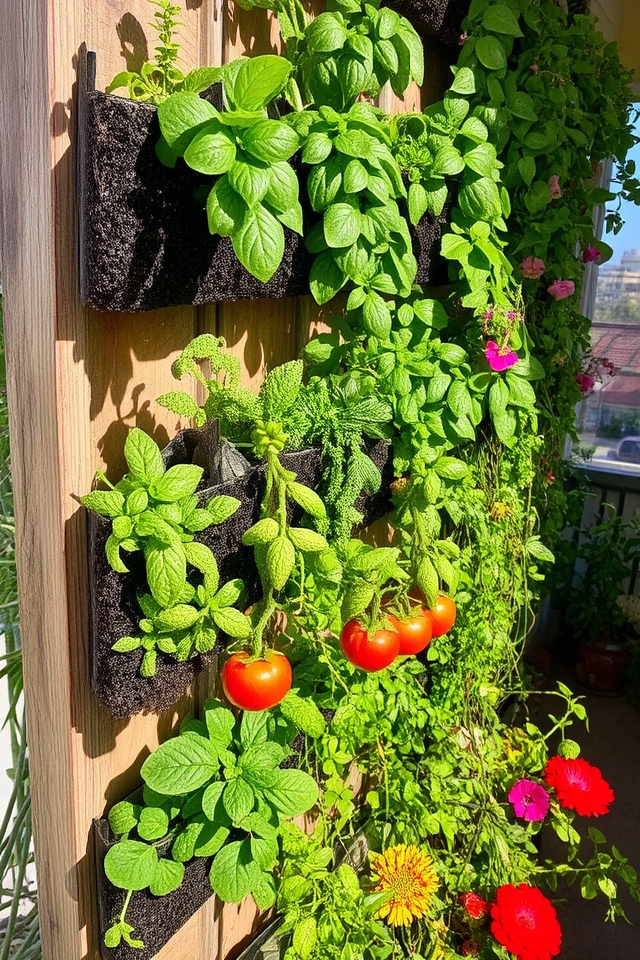
Vertical gardening is a creative and efficient way to make the most of limited space, particularly in urban settings. By utilizing green walls, gardeners can grow a variety of plants—herbs, vegetables, and flowers—on vertical structures such as trellises, wall-mounted pockets, or DIY pallets. This approach not only enhances aesthetic appeal but also improves air quality, provides insulation, and maximizes sunlight exposure. Vertical gardens can transform any small area into a lush, productive oasis.
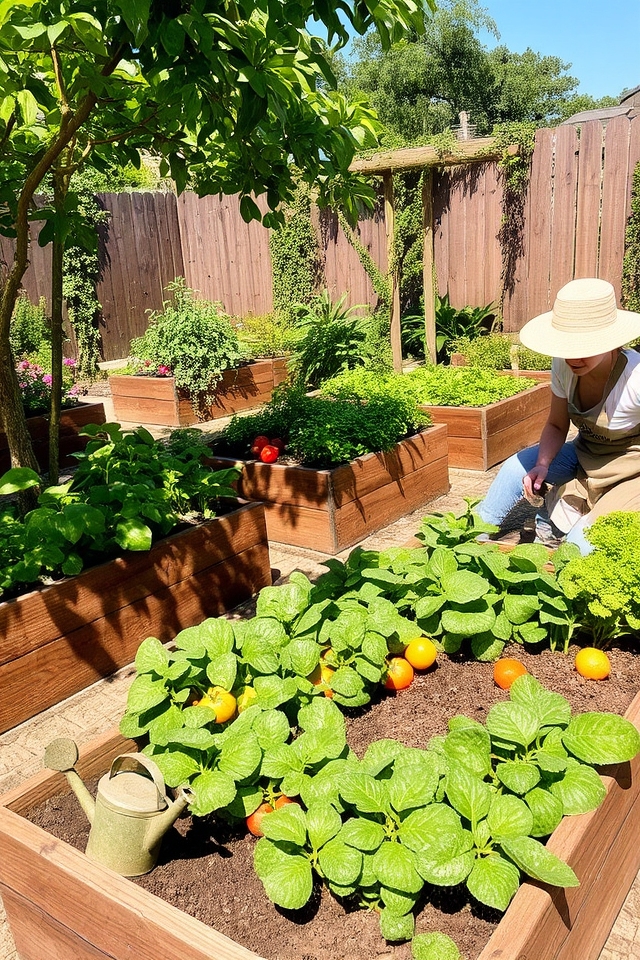
Raised garden beds are an excellent solution for simplifying maintenance and enhancing accessibility in your vegetable garden. By elevating the soil, these beds reduce the need for extensive bending and kneeling, making gardening easier on the back and joints. Their structured format also improves drainage and soil quality, while limiting weed growth. Additionally, raised beds can be customized in size and style to fit any garden space, offering both functionality and aesthetic appeal.
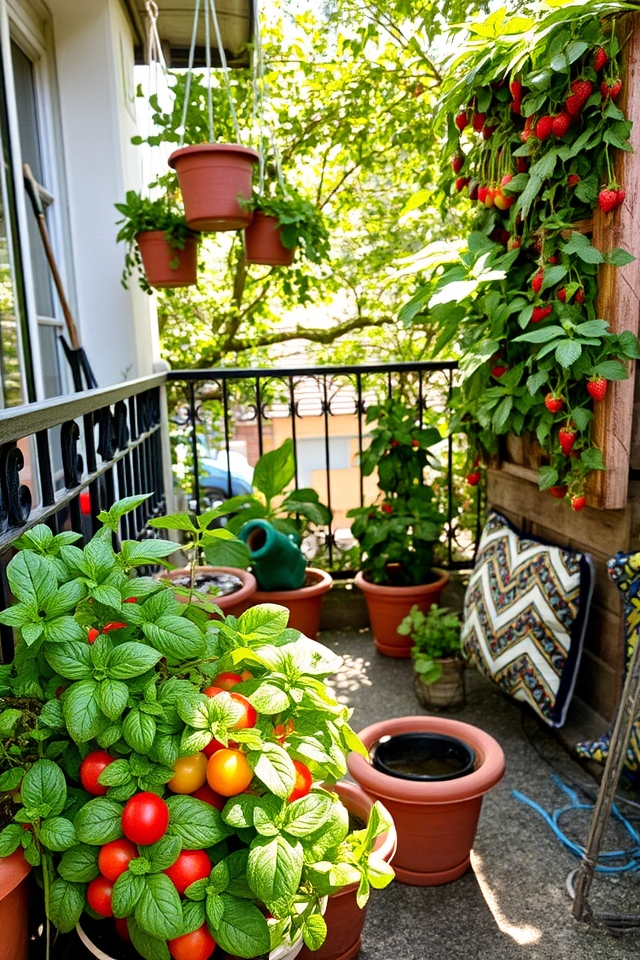
Container gardening offers a creative and flexible solution for those with limited space, allowing anyone to grow a variety of vegetables in small areas like balconies, patios, or even indoors. By using different-sized pots, hanging containers, and vertical gardening techniques, you can maximize your gardening potential. This approach not only enhances the aesthetic appeal of your space but also makes it easier to control soil quality and moisture levels, ensuring a bountiful harvest.
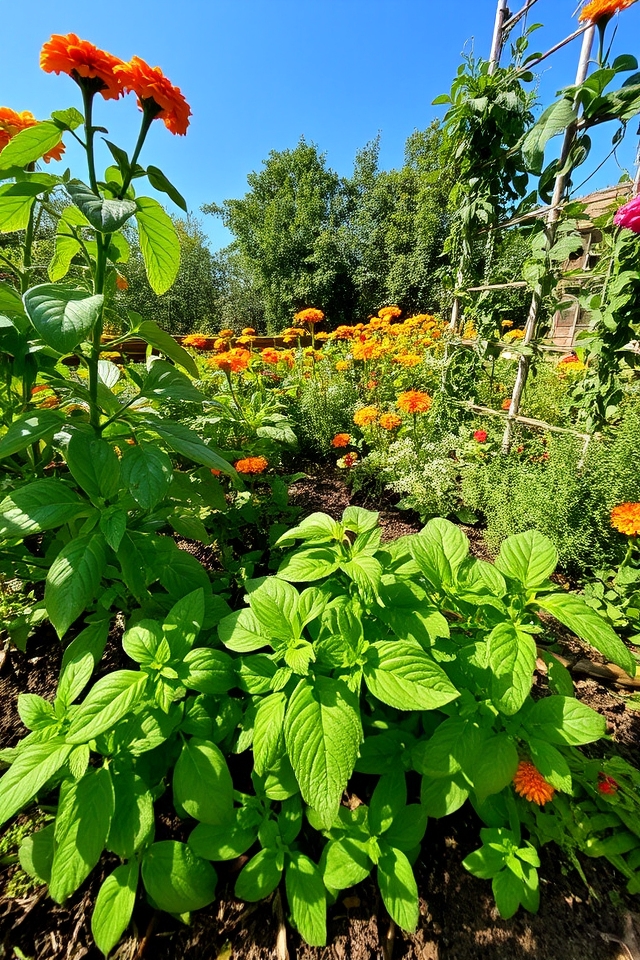
Companion planting is a gardening technique that involves strategically pairing different plants to enhance growth, improve yield, and naturally control pests. By planting compatible species together, gardeners can create a thriving ecosystem; for example, marigolds can deter harmful insects while attracting beneficial pollinators. Additionally, certain plants can enhance the flavor or nutrient absorption of others, making companion planting an effective method for maximizing garden productivity and fostering a healthier growing environment.
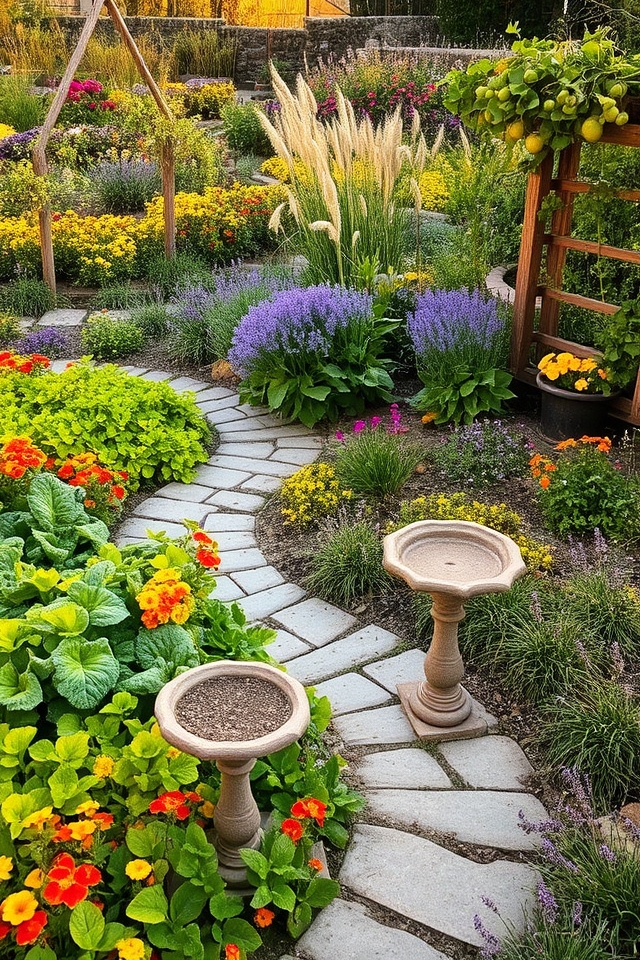
Edible landscaping merges beauty with practicality, allowing homeowners to cultivate vibrant gardens that provide both aesthetic appeal and fresh produce. By incorporating fruit trees, herb patches, and vegetable beds into traditional landscaping, you create a stunning environment that is functional and visually striking. Curved pathways, ornamental borders, and colorful plant combinations enhance the overall design while ensuring that every element serves a purpose, ultimately promoting a sustainable and delicious garden experience.
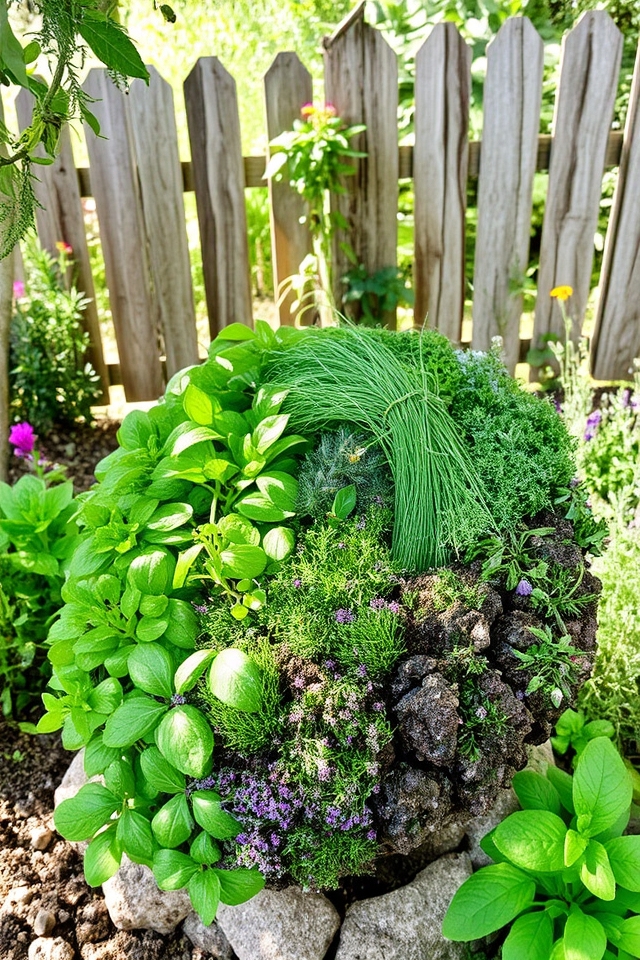
An herb spiral is an innovative garden design that maximizes space while creating a visually stunning focal point. By arranging herbs in a spiral shape, gardeners can take advantage of varying microclimates and drainage levels, allowing different plants to thrive. This vertical gardening technique not only enhances accessibility but also encourages biodiversity. Herb spirals can be constructed with natural materials, making them an eco-friendly addition to any vegetable garden, combining beauty with practicality.
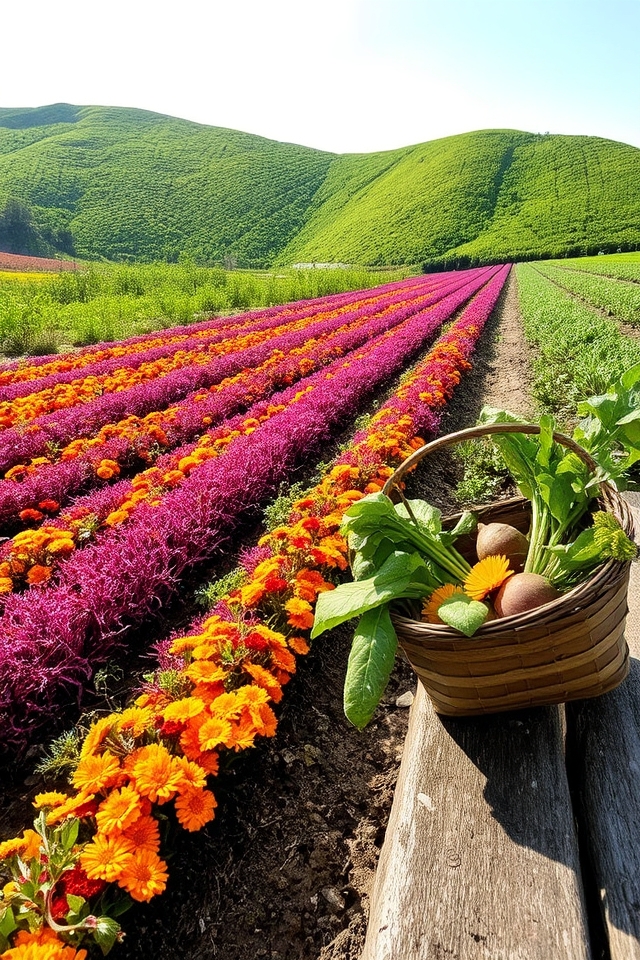
Colorful crop rows not only enhance the visual appeal of your vegetable garden but also optimize productivity. By strategically planting vibrant vegetables like purple carrots, golden beets, and rainbow chard, you can create eye-catching patterns that draw the eye and inspire creativity. This design approach not only makes harvesting more enjoyable but also encourages biodiversity. Additionally, a visually stunning garden can attract pollinators and beneficial insects, further boosting your garden’s health and sustainability.
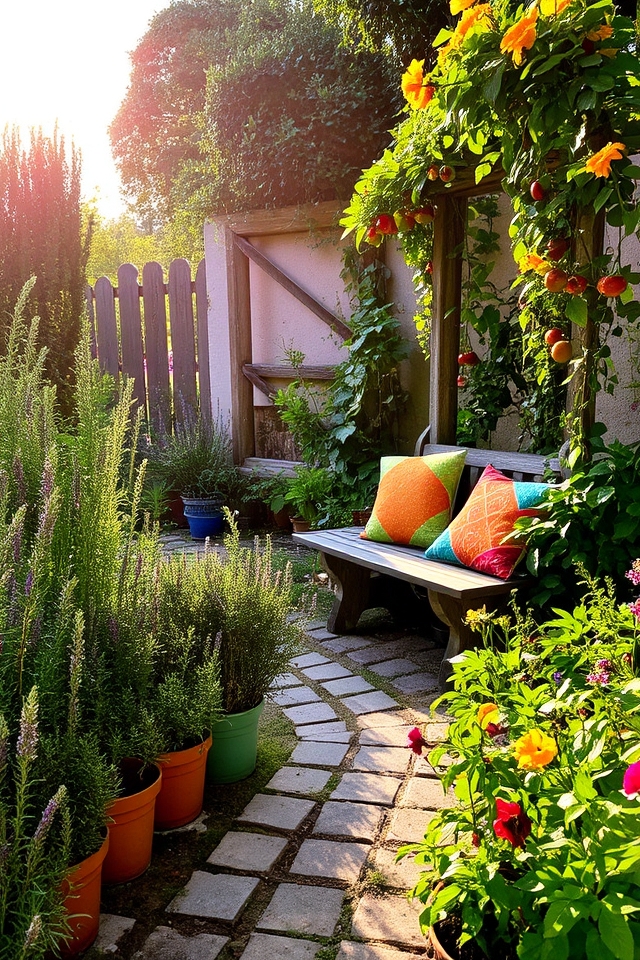
Themed gardens provide a unique opportunity to express your personality while enhancing the functionality of your vegetable plot. Whether you choose a Mediterranean herb garden, a vibrant rainbow of heirloom vegetables, or a whimsical fairy garden complete with edible flowers, themes can inspire creativity and organization. Incorporating decorative elements, pathways, and even seating areas can create an inviting atmosphere, making your garden a delightful retreat. Personalizing your space not only adds aesthetic appeal but also fosters a deeper connection with your plants.
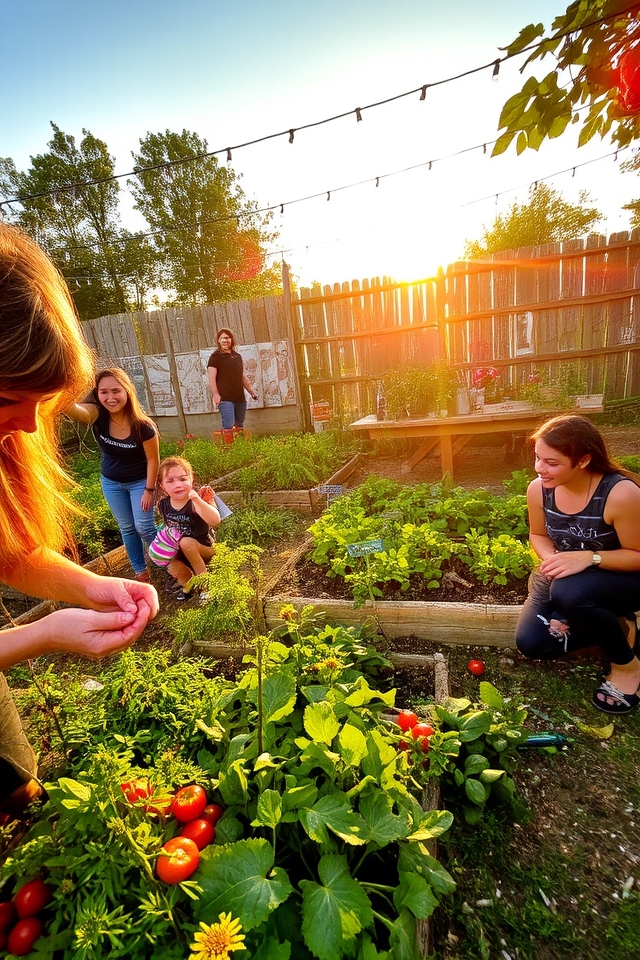
Community gardens are vibrant spaces where neighbors come together to cultivate vegetables and foster friendships. These collaborative projects promote local food production while encouraging social interaction and community bonding. Participants can share gardening tips, harvest the fruits of their labor, and enjoy the beauty of collective gardens. Additionally, community gardens play an essential role in educating members about sustainable practices, enhancing local biodiversity, and promoting healthy lifestyles within the neighborhood.
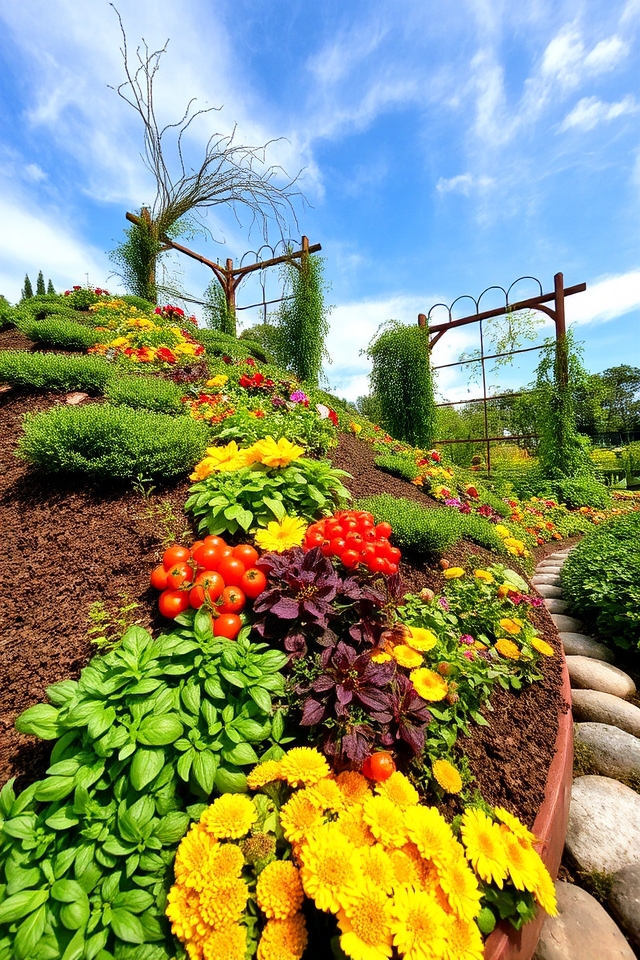
Spiral gardens are a creative and space-efficient approach to gardening, ideal for maximizing limited areas. This innovative design involves creating a spiral pathway that ascends, allowing for various microclimates and soil types. With diverse plants positioned according to their sunlight and water needs, spiral gardens can host herbs, vegetables, and flowers in one cohesive structure. Additionally, the aesthetic appeal of a spiral garden adds visual interest to any landscape, making it both functional and beautiful.

Creating pollinator-friendly spaces in your vegetable garden is essential for supporting bees, butterflies, and other beneficial insects. To encourage these pollinators, incorporate native flowering plants, such as lavender, coneflowers, and sunflowers, alongside your vegetables. Designate areas for wildflowers and avoid pesticides to create a welcoming habitat. Additionally, provide water sources and shelter, such as bee hotels or native grass areas, to enhance biodiversity and guarantee a flourishing ecosystem in your garden.
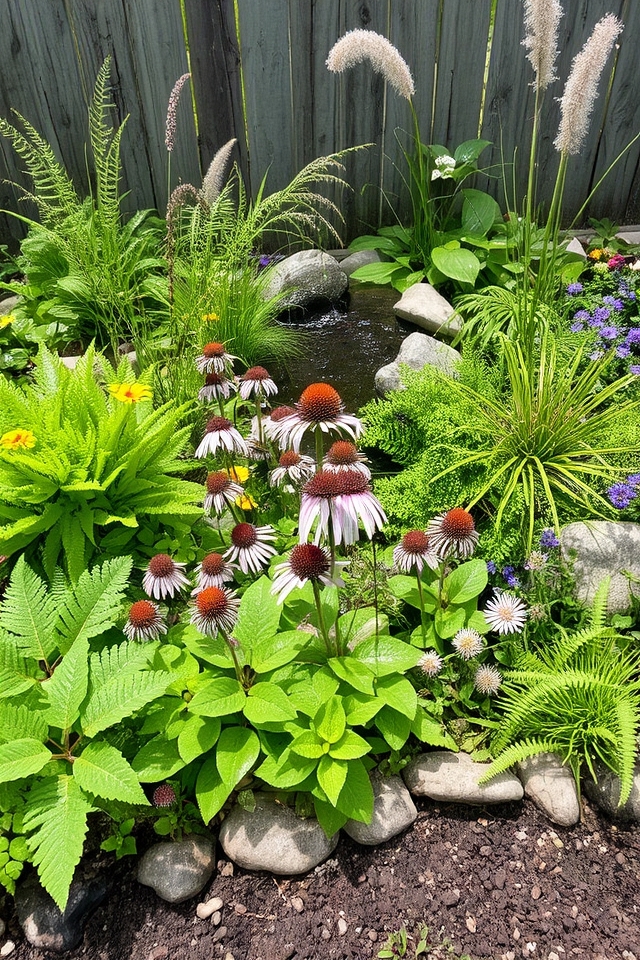
Rain gardens are an innovative approach to sustainable gardening, designed to manage stormwater runoff and enhance the beauty of your outdoor space. By featuring native plants that thrive in wet conditions, these gardens not only reduce flooding but also attract beneficial wildlife. Incorporating diverse textures and colors, rain gardens create visually appealing landscapes while promoting environmental health. With proper design, they can seamlessly integrate into any vegetable garden, combining functionality with aesthetic charm.
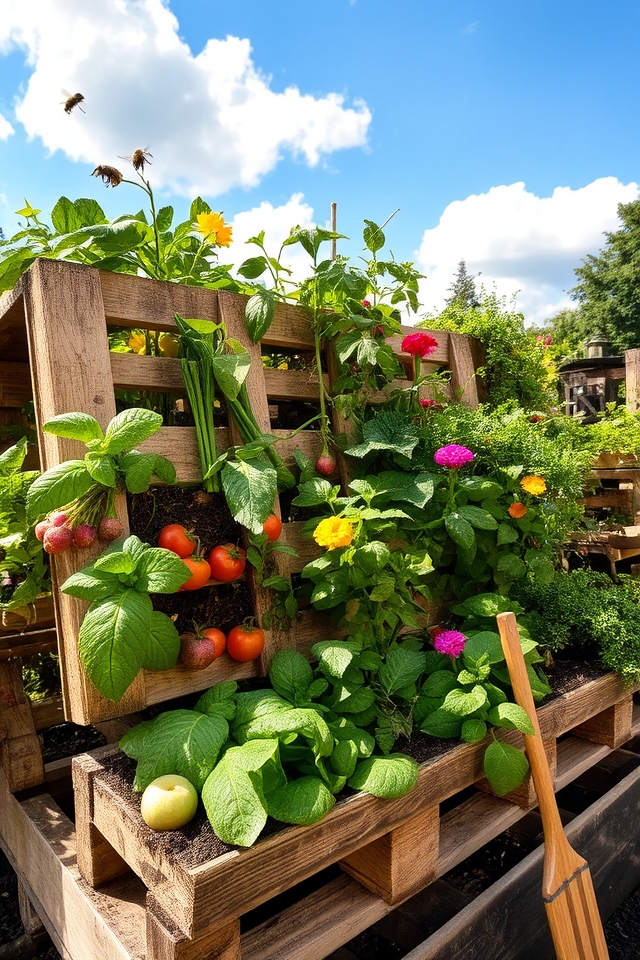
Pallet gardens are a creative and eco-friendly way to upcycle wooden pallets into vibrant vegetable gardens. By repurposing these materials, gardeners can create vertical or horizontal planting beds that save space and enhance aesthetics. Pallets can be filled with soil and plants, enabling easy access and maintenance. This sustainable approach not only reduces waste but also contributes to a greener environment while providing a unique, functional design for any garden space.
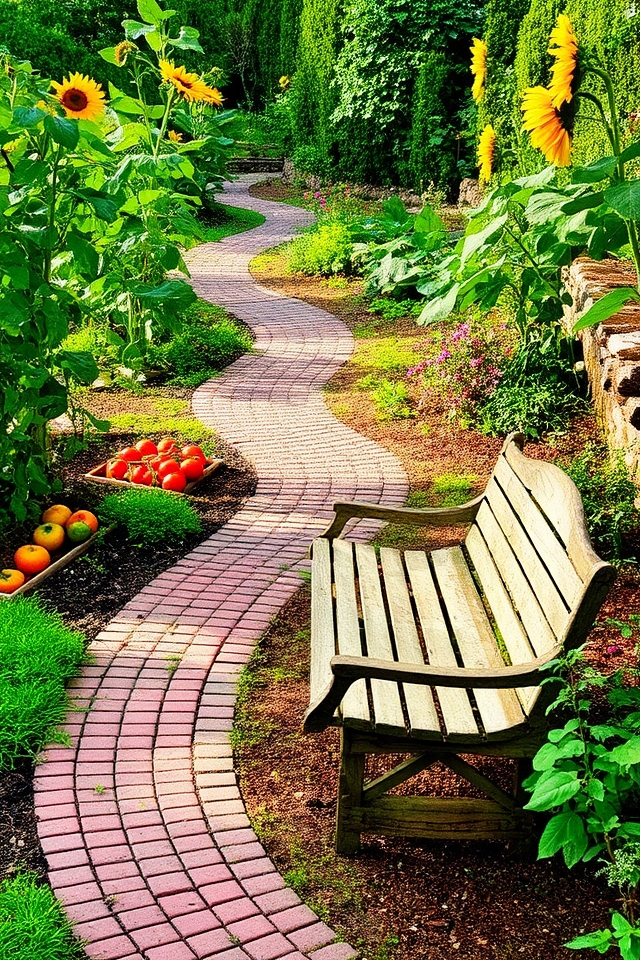
Paths and borders play a vital role in vegetable garden design, providing both functional and aesthetic benefits. Well-defined paths facilitate easy access for planting, maintenance, and harvesting, ensuring you can tend to your crops without trampling over them. Borders, whether made of stones, wood, or plants, can add visual interest and help delineate garden sections while keeping weeds at bay. Together, these elements enhance organization and structure, making your gardening experience more enjoyable and efficient.
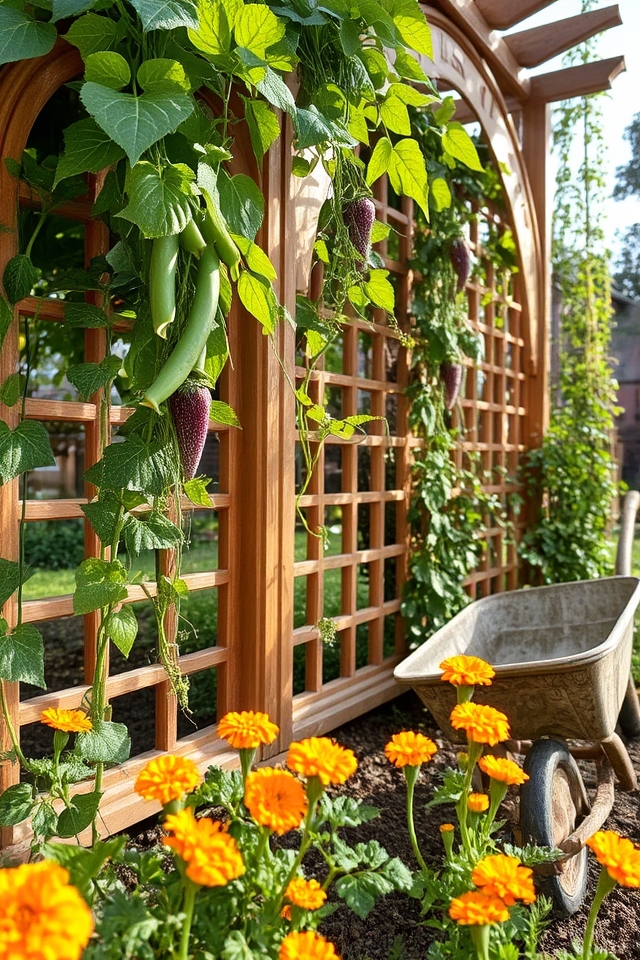
Intricate trellises not only provide essential support for climbing plants like tomatoes and beans but also add a stunning visual element to your vegetable garden. Crafted from materials like wood, metal, or even repurposed items, these decorative structures can come in various shapes and designs, from arched frameworks to geometric patterns. By incorporating unique trellis designs, you can create an enchanting garden space that enhances both the health of your plants and the overall aesthetic of your landscape.
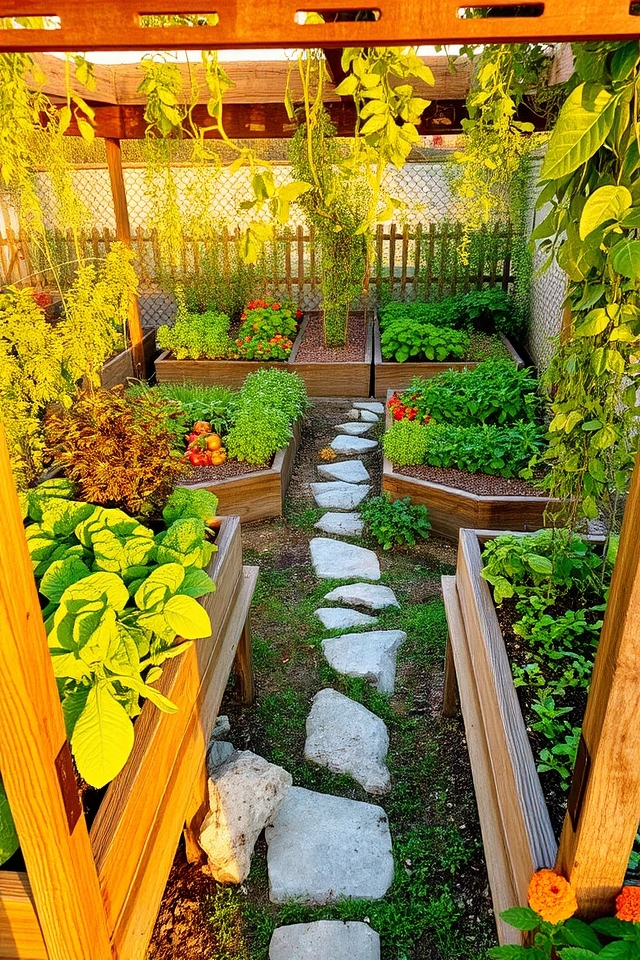
Framed gardens offer a chic way to define spaces within your vegetable garden, adding structure and visual appeal. These gardens can be created using various materials such as wood, stone, or metal to build raised beds or enclosures that delineate planting areas. By using frames, you can organize vegetables by type or growth requirements while enhancing accessibility for maintenance and harvesting. Additionally, framed gardens can serve as attractive focal points that showcase your gardening efforts.
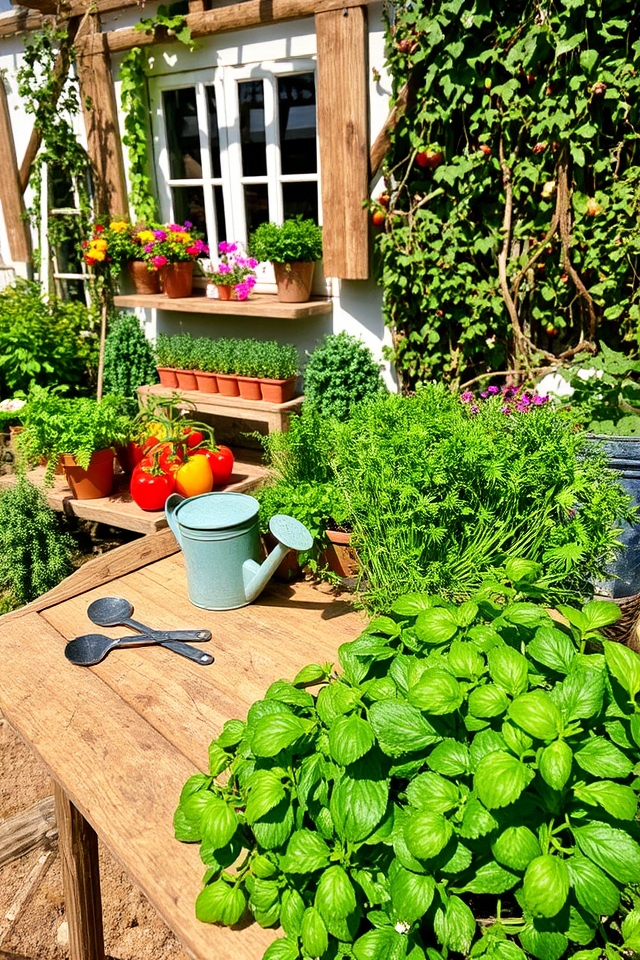
The kitchen garden, designed for easy access, provides a delightful source of fresh ingredients right at your doorstep. Planted near the kitchen or dining area, this garden should feature herbs like basil, parsley, and cilantro, alongside a variety of vegetables such as tomatoes, peppers, and leafy greens. The convenience of having culinary inspiration within arm’s reach encourages creativity in the kitchen and promotes the use of fresh, homegrown produce in your meals.
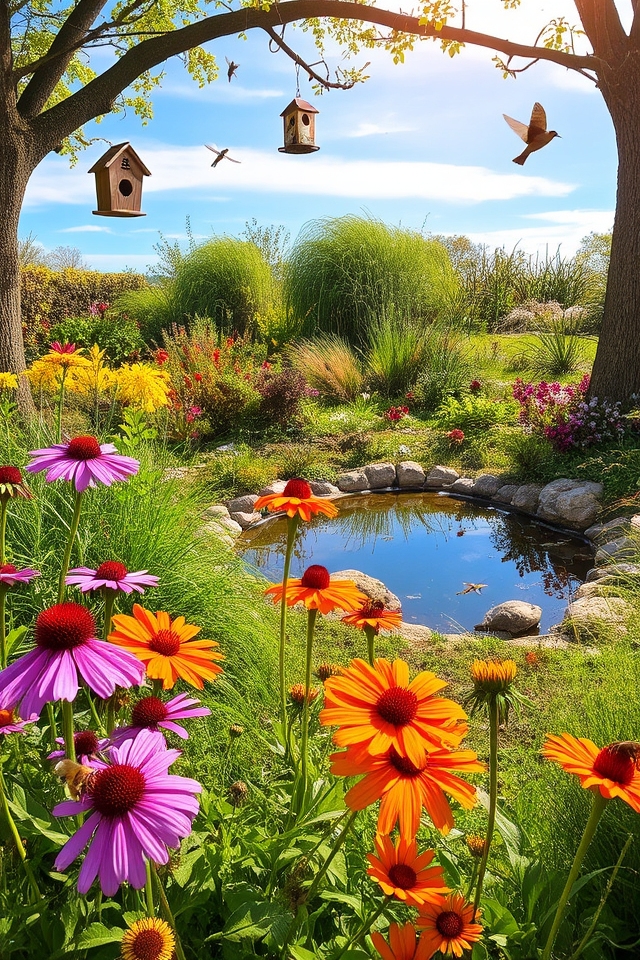
Creating a wildlife-friendly garden not only enhances biodiversity but also promotes a healthy ecosystem. Incorporate native plants to attract pollinators like bees and butterflies, and provide shelter with native shrubs and trees. Installing bird feeders, bat houses, and insect hotels can encourage various species to thrive. Minimize pesticide use and create water sources such as ponds or birdbaths. By designing with nature in mind, you foster a vibrant habitat that supports local wildlife while enriching your gardening experience.
Incorporating these innovative ideas into your vegetable garden can create an enchanting and productive paradise. By blending beauty with purpose, you’ll foster flourishing flora while enjoying delicious dividends. Whether you’re cultivating a compact container collection or nurturing a sprawling vertical vista, each approach enhances your environment with ease. So, dig in, design daringly, and dedicate yourself to a garden that not only feeds your body but also nourishes your soul. Let your green thumb thrive!

Don't let aphids, slugs, and caterpillars ruin another plant. Take back control with simple, natural methods that actually work.